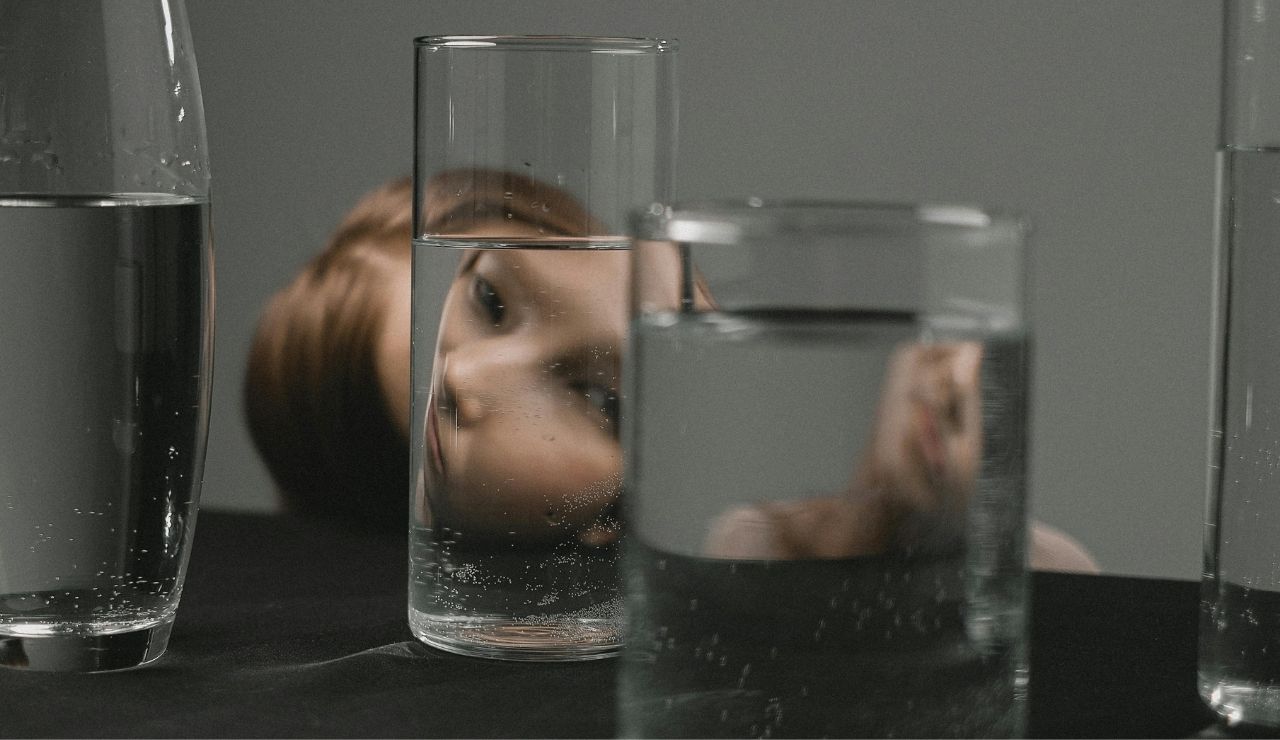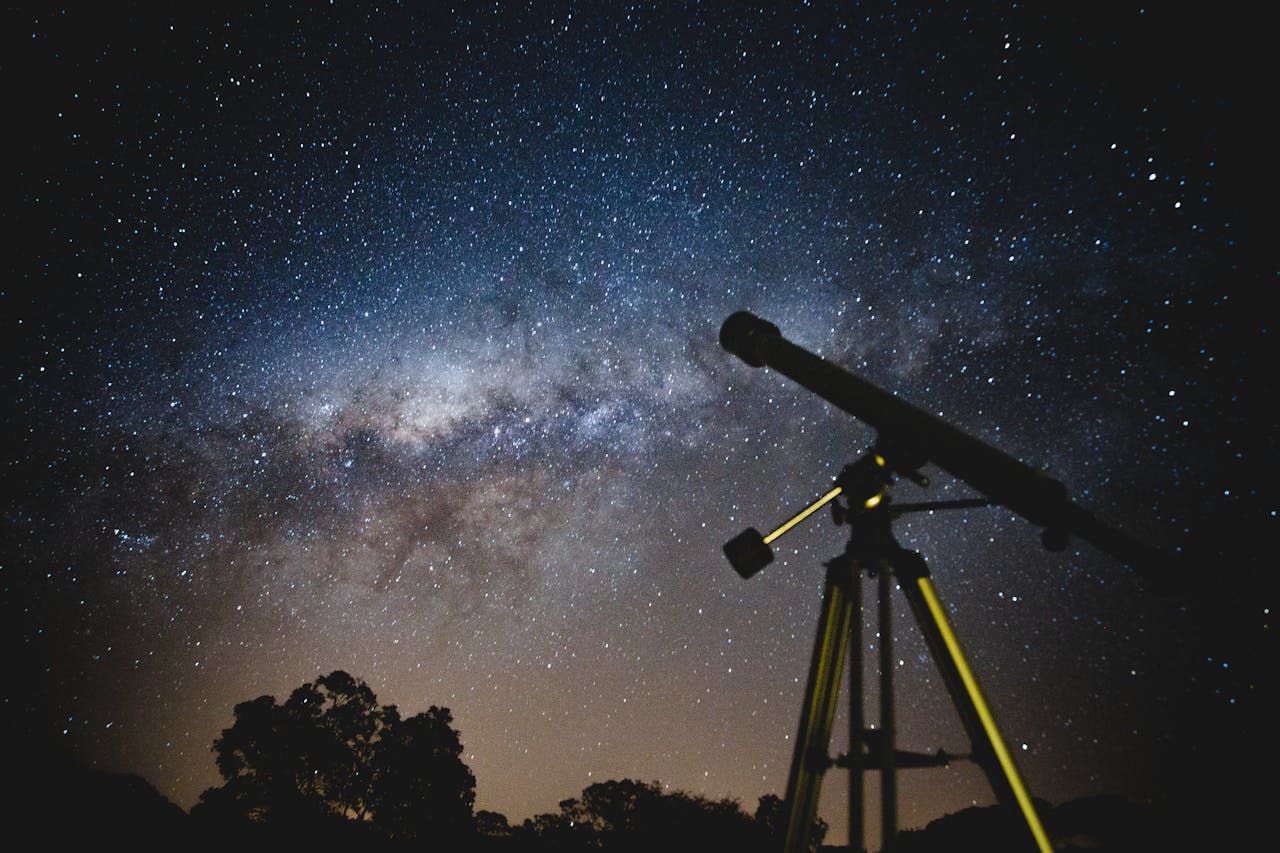Some of the most influential scientific breakthroughs began with experiments that seemed unusual in design or focus. These studies challenged conventional thinking, tested ideas in unconventional ways, and produced results that reshaped entire fields. While their methods attracted attention, the knowledge gained continues to guide research in physics, psychology, medicine, and technology.
1. The Stanford Prison Experiment
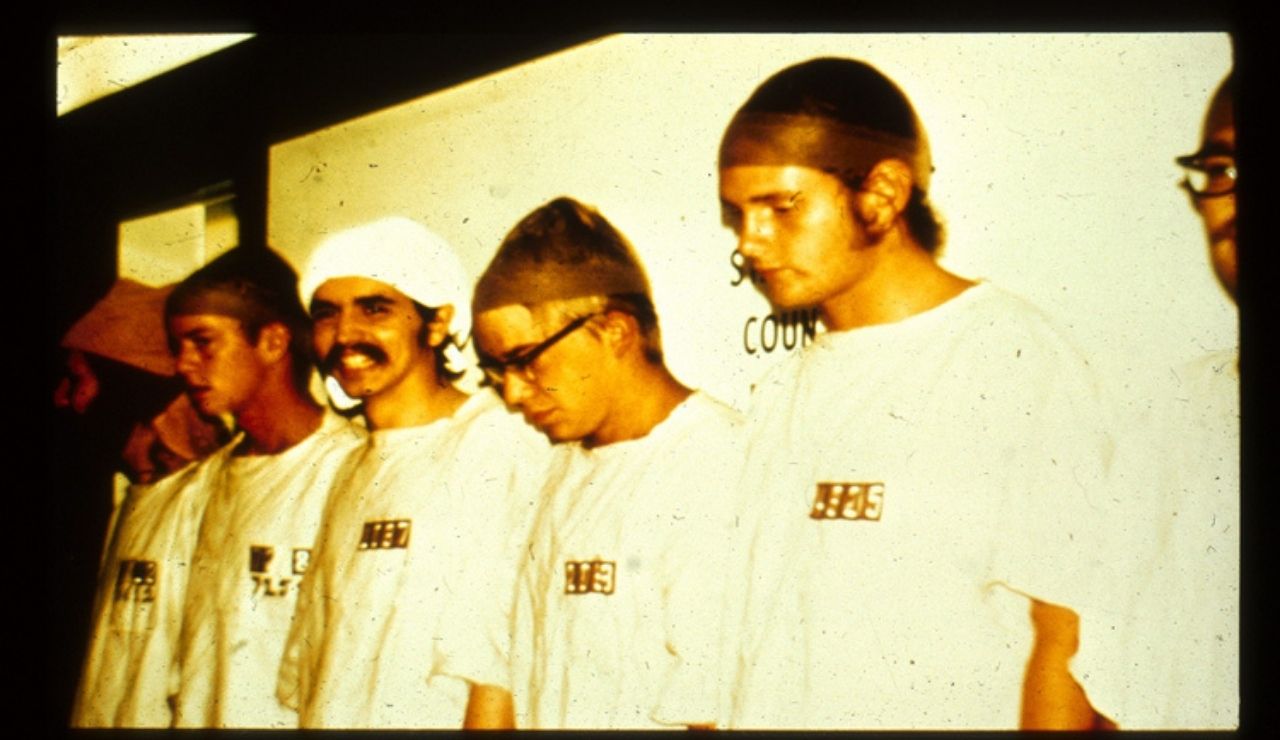
In 1971, psychologist Philip Zimbardo simulated a prison environment to examine the effects of power and setting on behavior. Volunteer participants were assigned roles as guards or prisoners. The conditions escalated quickly, leading to early termination after six days. The study became central in understanding situational influence on human actions and continues to inform research on institutional behavior.
2. Pavlov’s Conditioning Research

In the early 1900s, Ivan Pavlov’s work on digestion in dogs revealed the principle of classical conditioning. By pairing a neutral sound with food delivery, dogs began to salivate in response to the sound alone. This demonstrated how associative learning occurs, providing a framework for behavioral psychology and influencing studies on habit formation and learning processes.
3. The Double-Slit Experiment
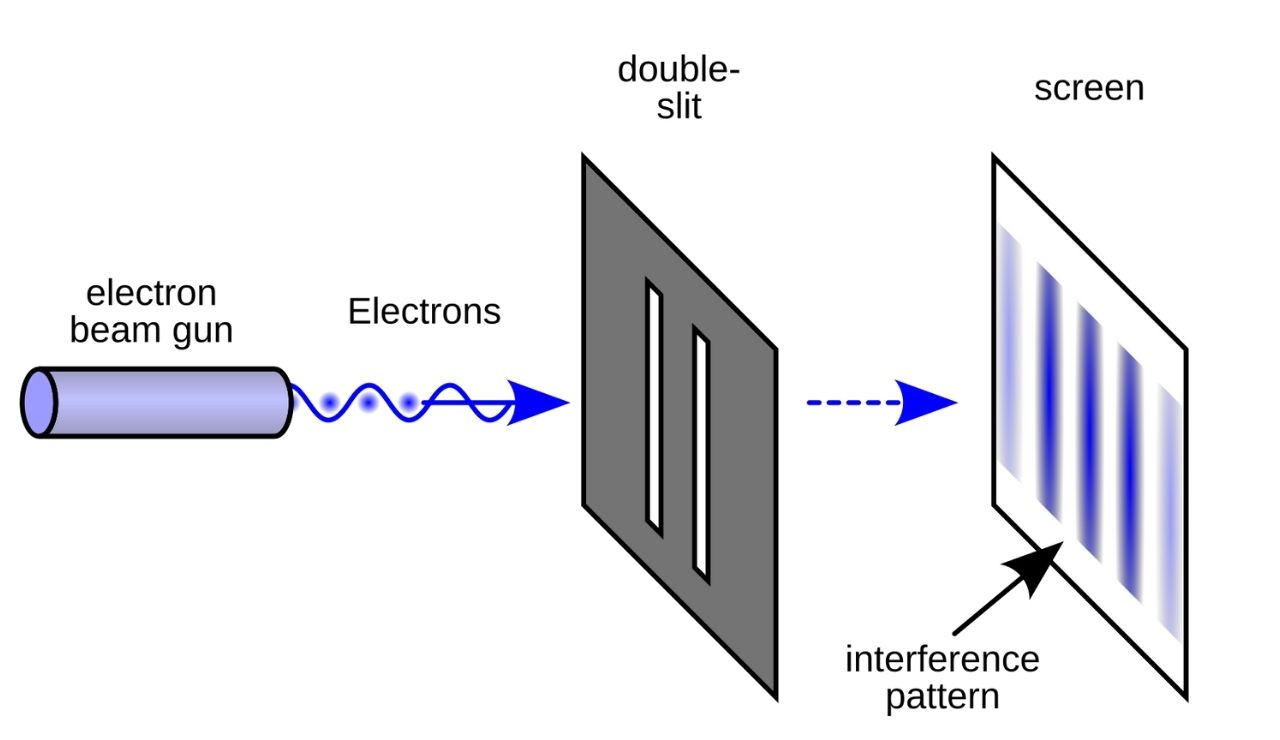
In 1801, Thomas Young directed light through two parallel slits and recorded the resulting pattern. The interference pattern confirmed that light behaves as a wave. Later adaptations at the quantum level revealed particles could display both wave and particle properties. This experiment remains foundational in physics, shaping the study of quantum mechanics and the nature of matter.
4. Diamagnetic Levitation of a Frog
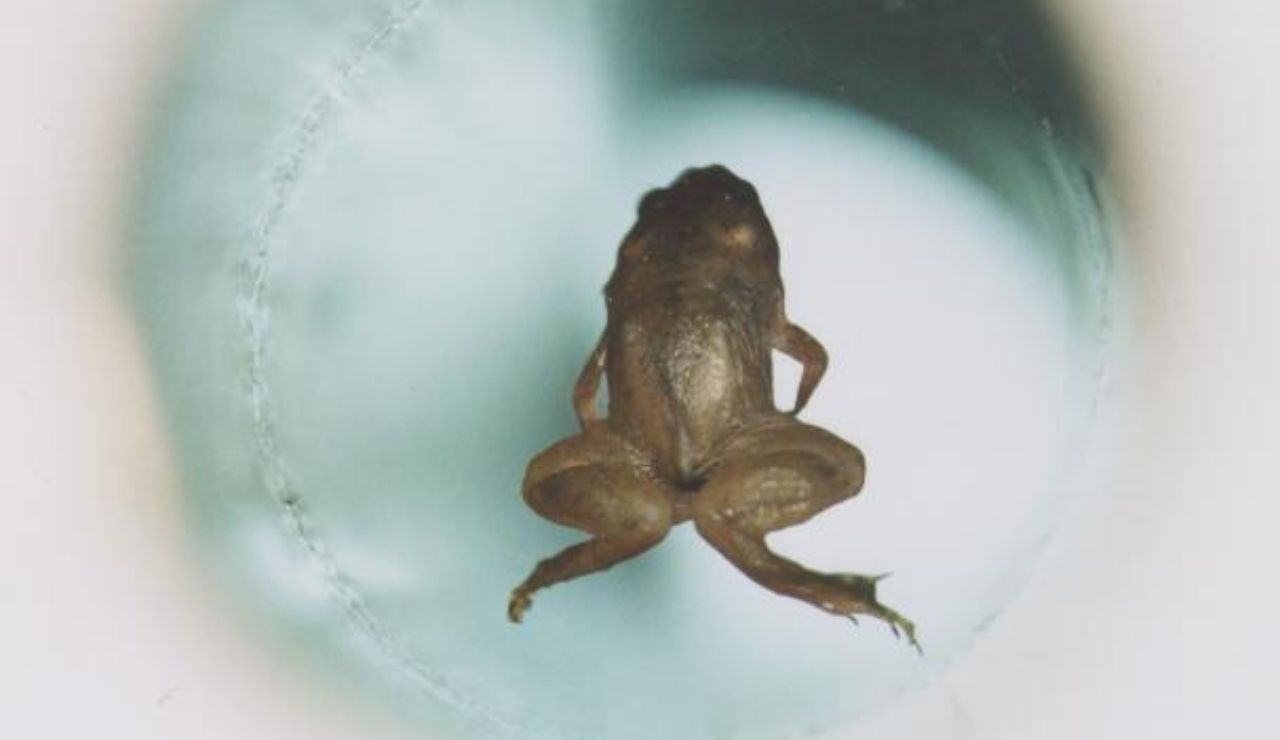
In the 1990s, physicist André Geim demonstrated diamagnetism in biological tissue by levitating a frog using a strong magnetic field. The experiment, though unusual in appearance, confirmed that living matter can exhibit measurable diamagnetic properties. The method expanded possibilities for studying magnetic effects on biological systems and materials science applications.
5. The Marshmallow Test

In the 1970s, psychologist Walter Mischel studied delayed gratification in children. Participants could eat one marshmallow immediately or wait to receive two. Follow-up studies linked the ability to wait with better academic and social outcomes. The research became important in understanding self-control, decision-making, and the long-term effects of early behavioral tendencies.
6. The Rosenhan Experiment
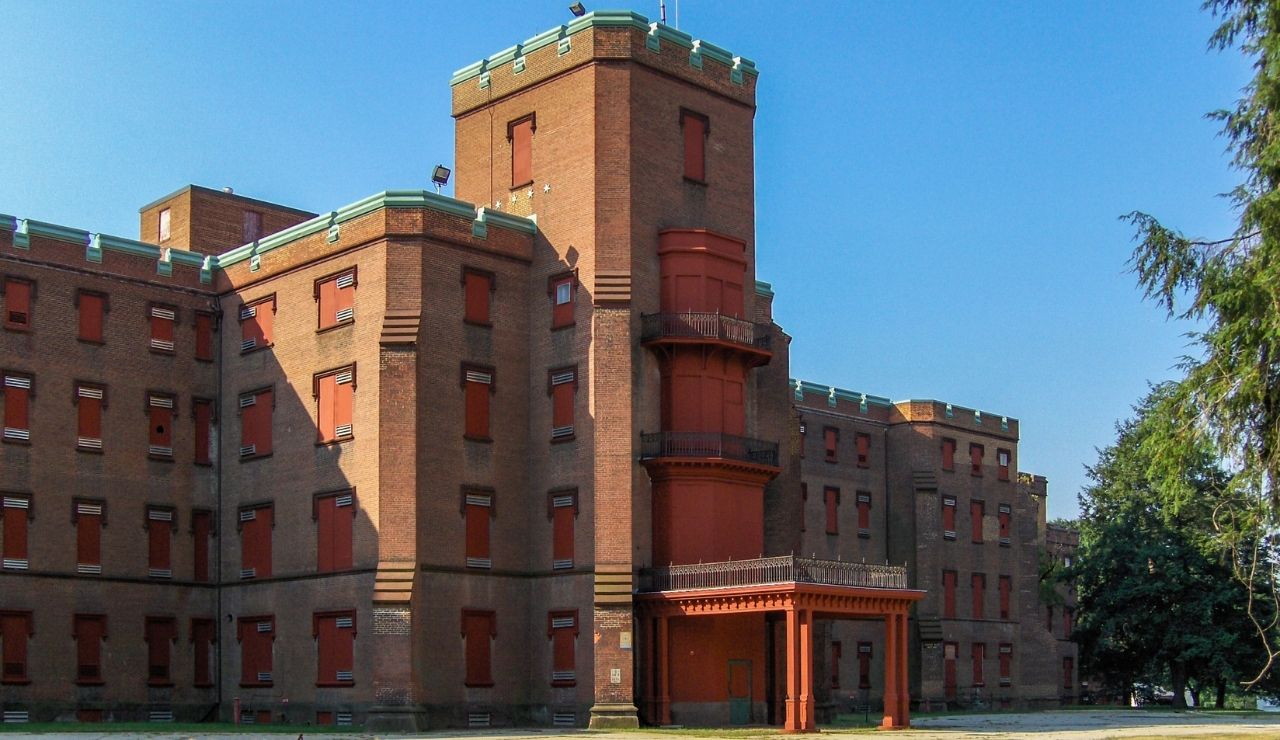
In 1973, David Rosenhan assessed psychiatric diagnostic accuracy by sending healthy individuals to hospitals claiming mild hallucinations. Once admitted, they acted normally, yet their diagnoses remained unchanged. The study exposed weaknesses in psychiatric evaluation and contributed to reforms in diagnostic procedures and patient care practices.
7. Project MKUltra
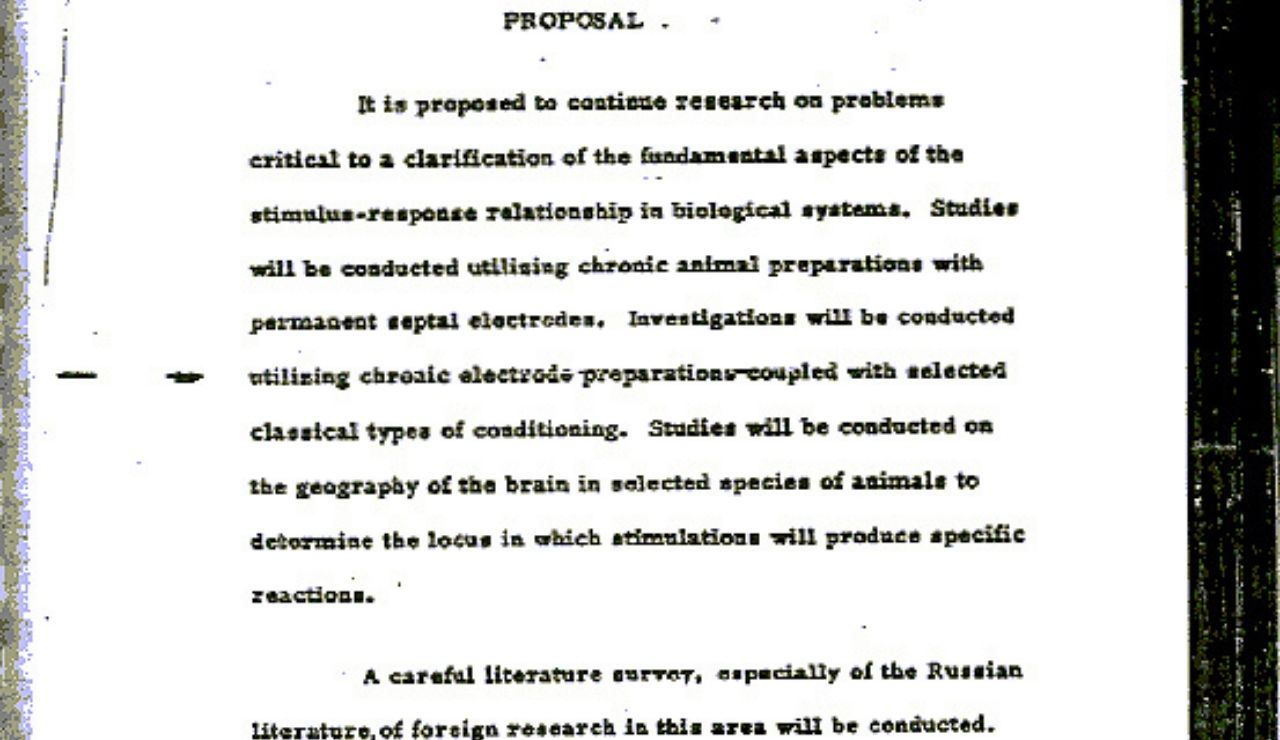
From the 1950s to the 1970s, the CIA conducted secret research on mind control, involving drugs, hypnosis, and sensory manipulation, often without consent. Public disclosure led to criticism and the establishment of stricter ethical guidelines in research. MKUltra remains a significant case study in the misuse of scientific methods for non-medical objectives.
8. The Michelson-Morley Experiment
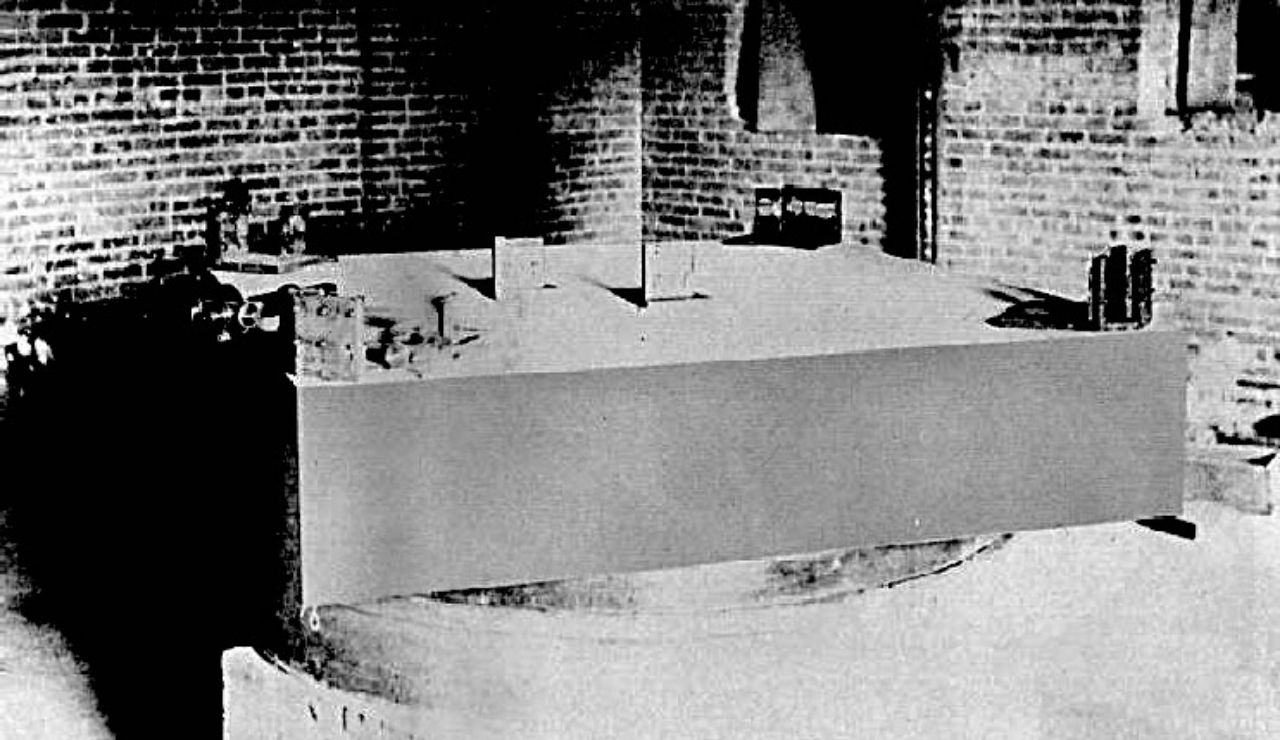
In 1887, Albert Michelson and Edward Morley attempted to detect the “aether,” once believed to carry light waves. Their results showed no evidence of its existence, challenging established physics. The null result paved the way for Einstein’s theory of relativity, reshaping the understanding of light, motion, and the structure of space-time.
9. The Visual Cliff Experiment
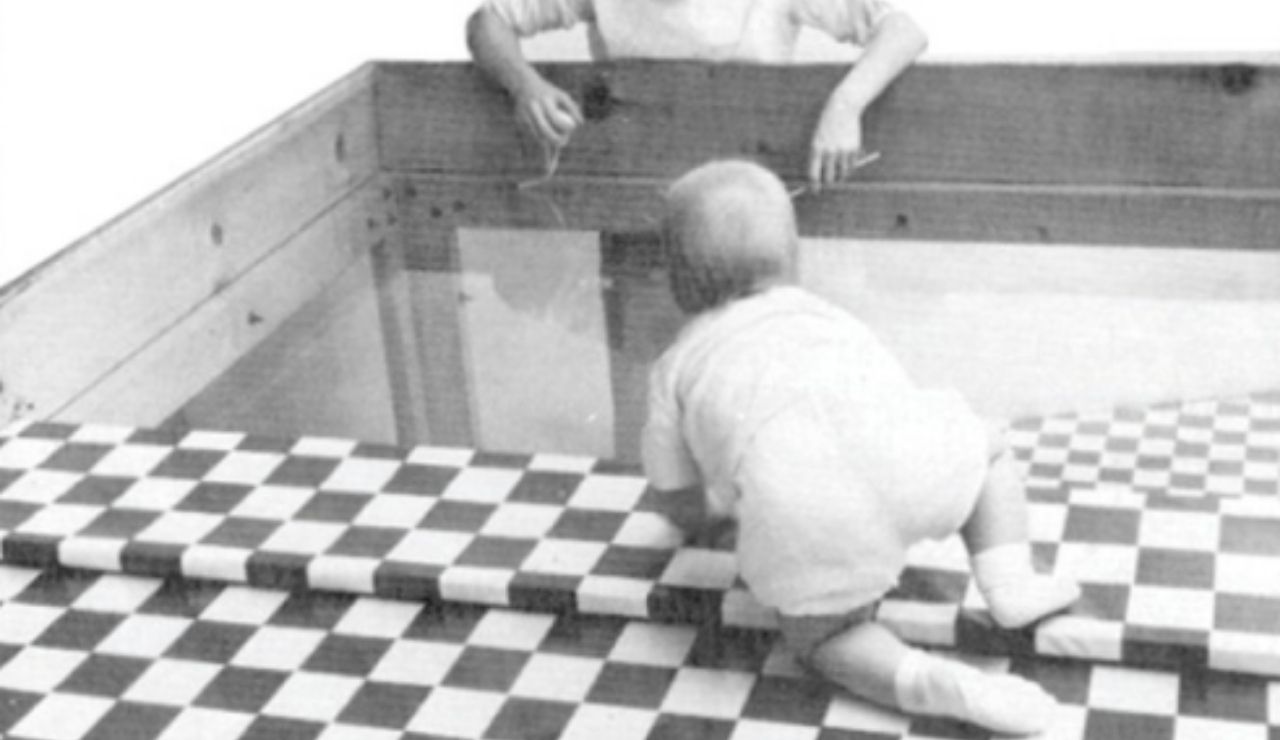
In the 1960s, Eleanor Gibson and Richard Walk tested depth perception in infants and young animals using a glass platform with a patterned drop-off. Most avoided the “deep” side, indicating early development of depth perception. The research advanced understanding of visual development and environmental interaction in humans and animals.
10. The Rat Park Study
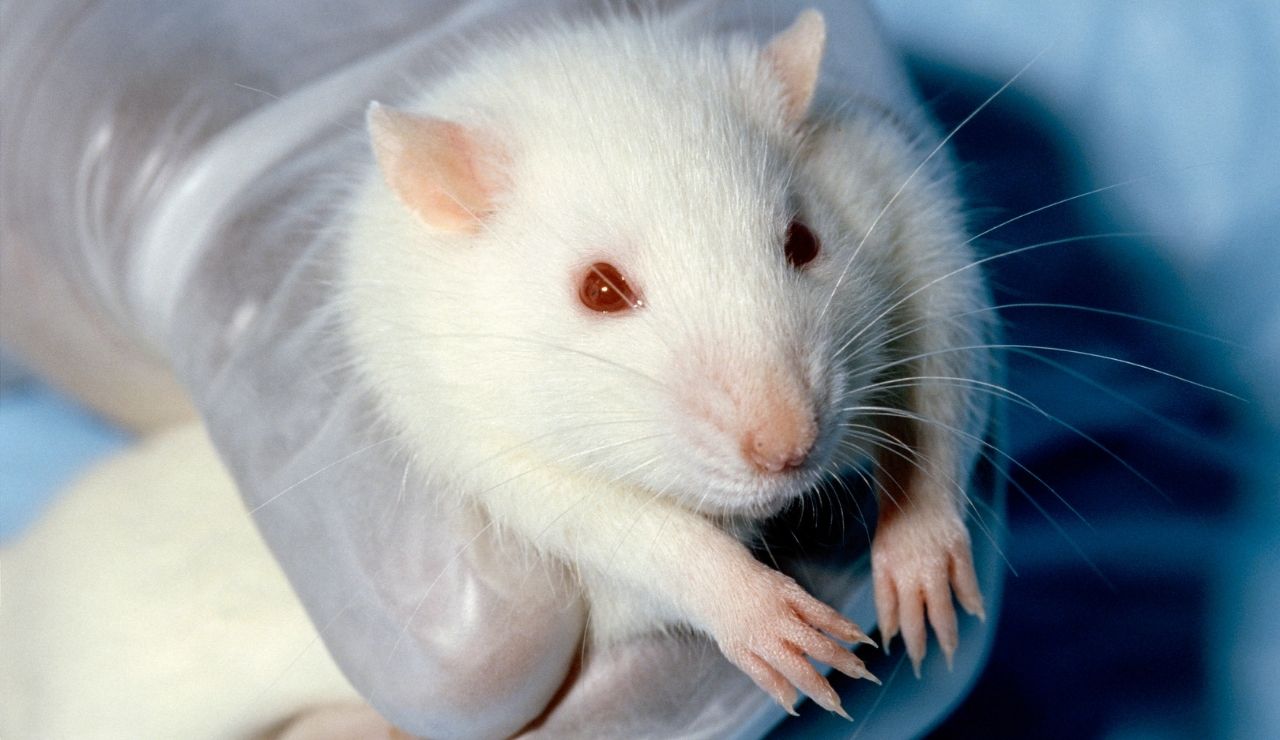
In the late 1970s, psychologist Bruce Alexander examined the role of environment in drug use. Rats housed in enriched, social environments consumed less morphine than isolated rats. The study challenged the view that addiction is solely a chemical dependency, highlighting the importance of social and environmental factors in behavior.
11. The Human Sleep Deprivation Record

In 1964, Randy Gardner remained awake for 264 hours under observation by sleep researchers. The study recorded cognitive decline, mood changes, and physical effects over time. It provided important data on the necessity of sleep for neurological function and informed later work on sleep disorders and the role of circadian rhythms.
12. The RoboRat Navigation Experiment
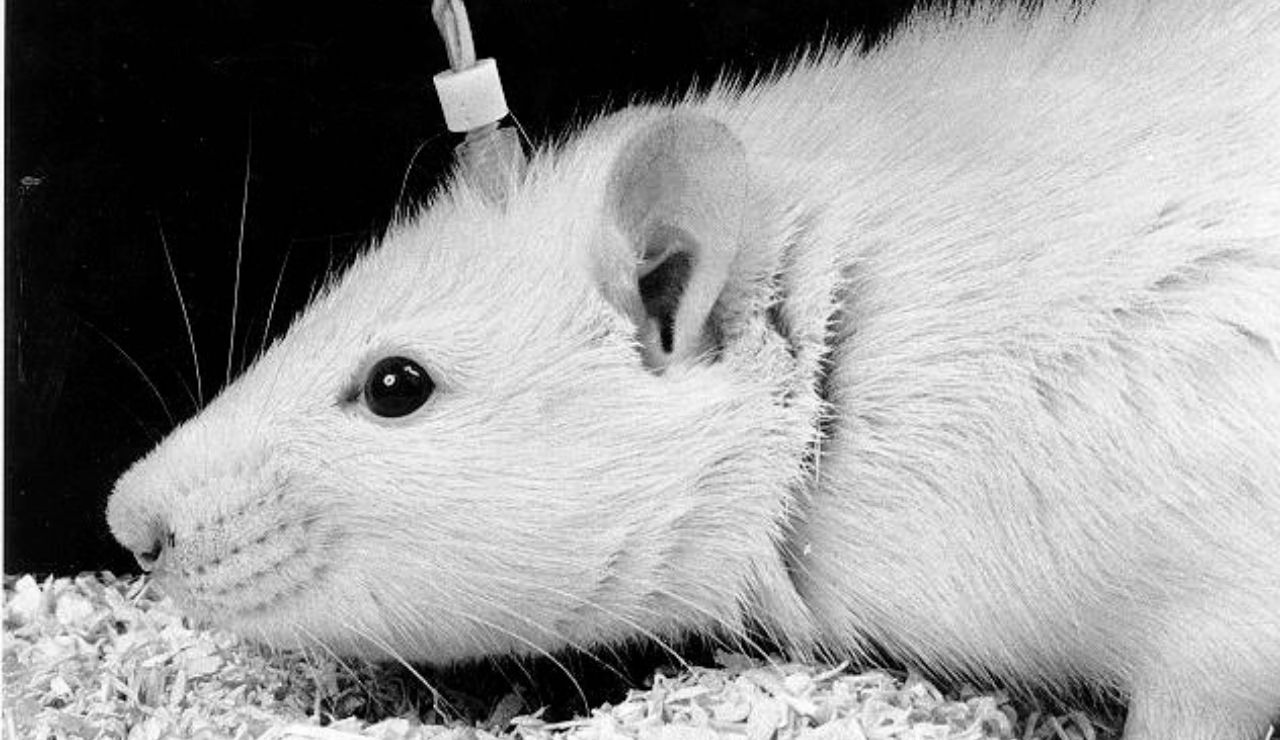
In the early 2000s, neuroscientists implanted electrodes in rat brains to stimulate movement and reward centers. Using a remote interface, they guided the animals through obstacle courses. The work contributed to research on brain-machine interfaces, leading to advancements in prosthetic control and assistive technologies for mobility-impaired individuals.
